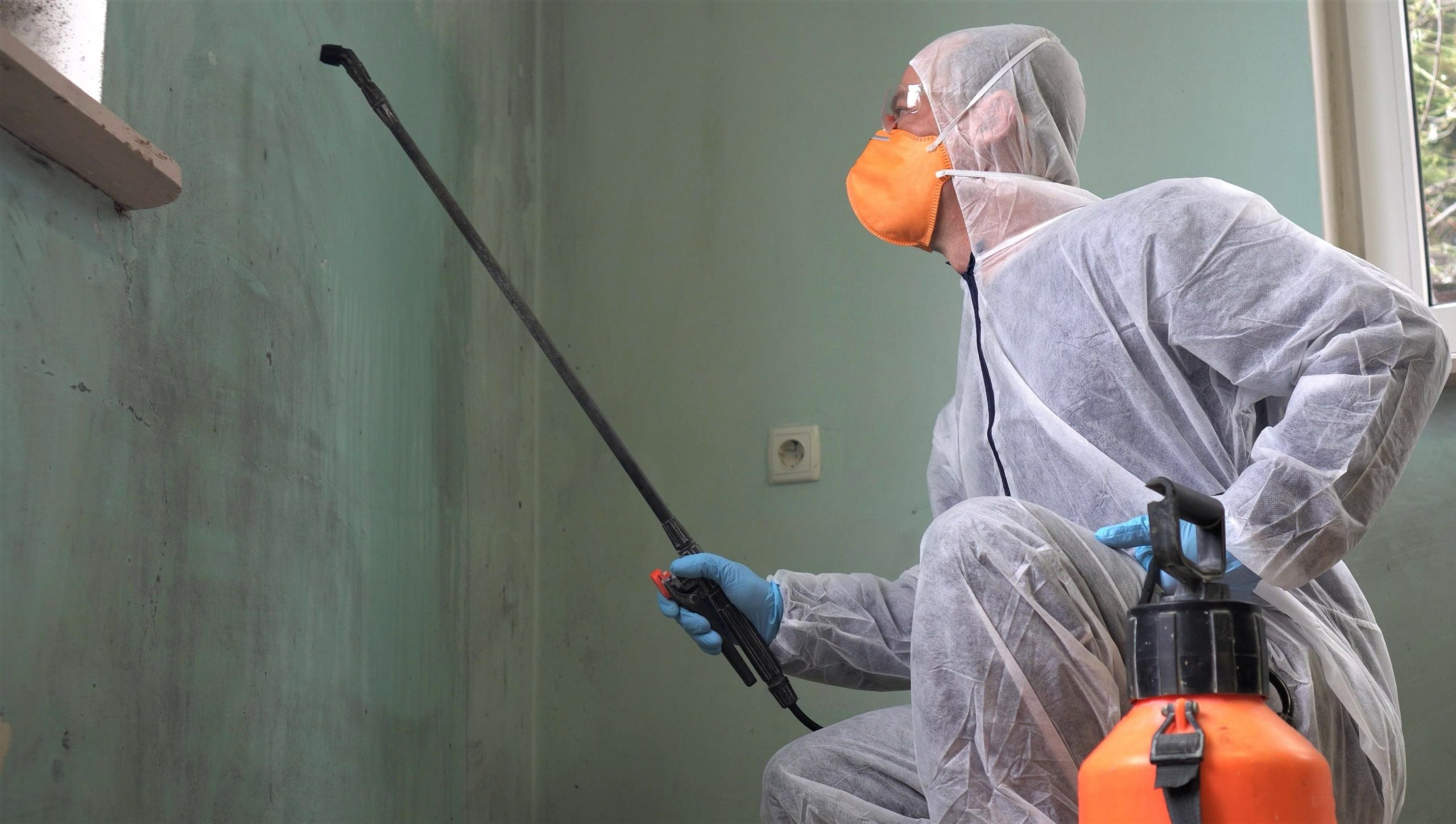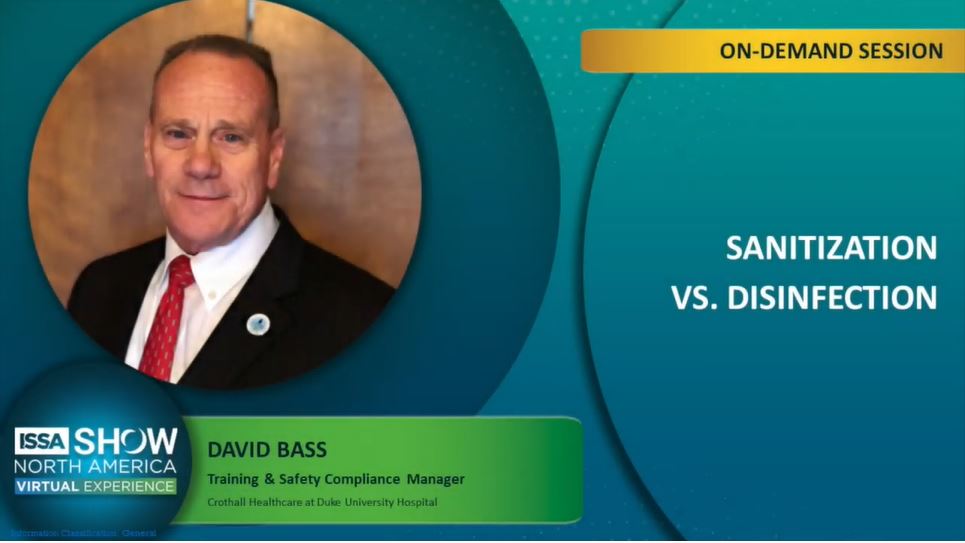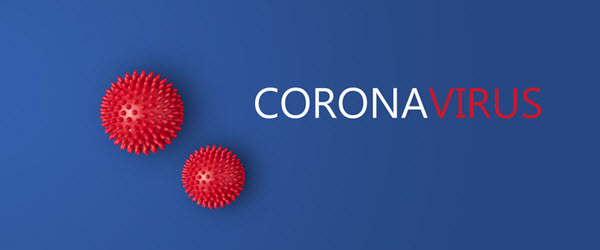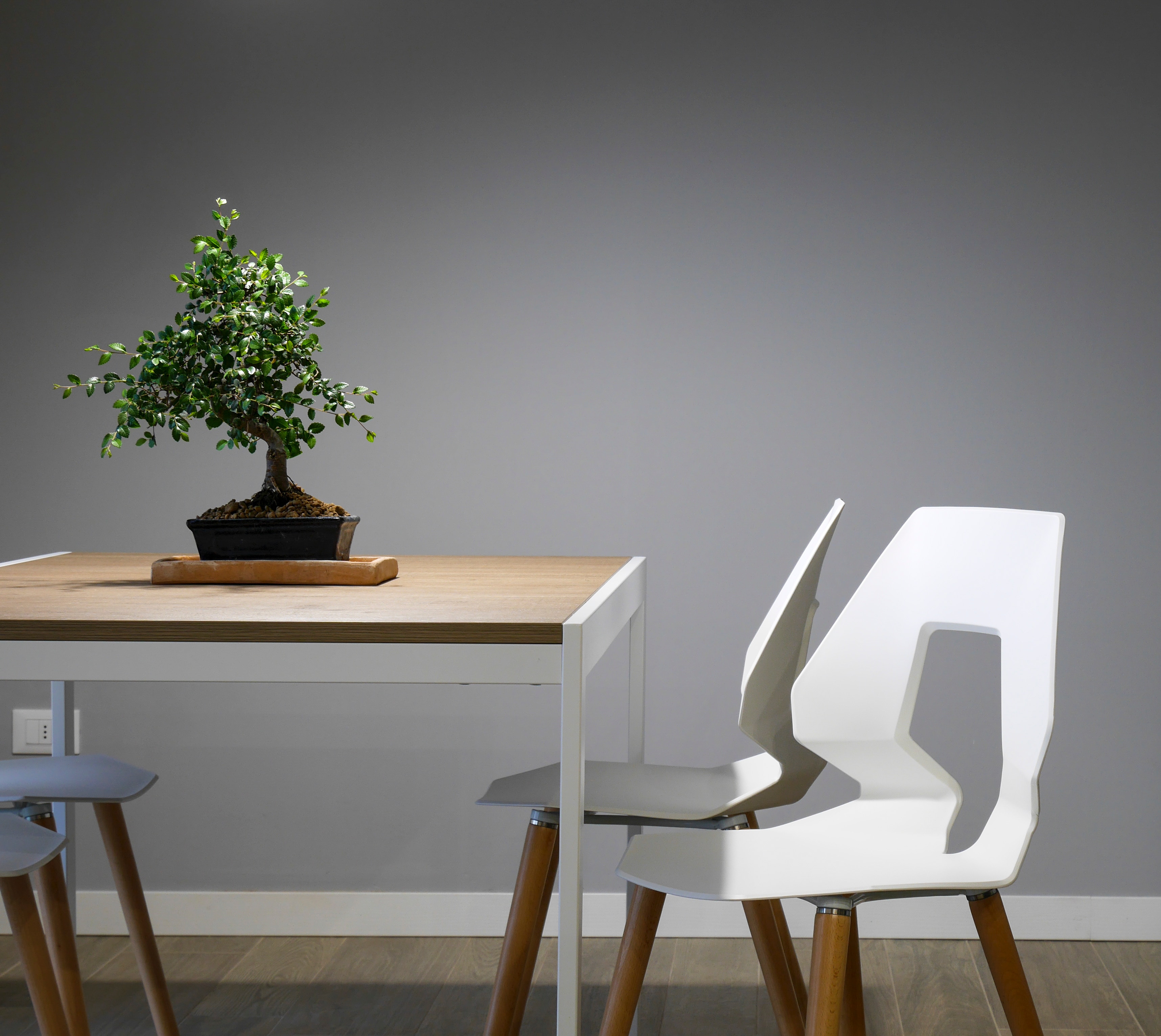What you leave behind on the counter when cleaning is what makes the kitchen glow in the black light and what encourages even more bacteria and germs to set up house between cleanings.
A colleague on LinkedIn asked the question “What if bacteria and viruses were not invisible? Would you disinfect germ hot spots more often? Would you include this task in your cleaning specifications?”
What the question is intended to do is help “casual” cleaning staff think more about the invisible things that are cleaned or removed, where they live, and how learning and knowing more about microbiology is essential to making a home really clean!
 One of the more interesting intersections of the science of cleaning is where we – your trusted professional home cleaning technicians – share a body of knowledge with exterminators. You see, both home cleaning technicians and exterminators must be experts, and to be experts, we must be certified.
One of the more interesting intersections of the science of cleaning is where we – your trusted professional home cleaning technicians – share a body of knowledge with exterminators. You see, both home cleaning technicians and exterminators must be experts, and to be experts, we must be certified.
Our exterminator for the Castle Keepers offices and training facility told me once of the time he needed to prove to a friend just how dirty and unhealthy the mouse living inside the walls really was. The exterminator explained how mice and rats track their urine everywhere they walk and that urine glows in the presence of a black light. So to prove that the mouse the friend thought of as a sweet little creature was really tracking un-see-ables all over the kitchen where food is prepared regularly, the exterminator turned off all of the lights and switched on the black light that he carries as a regular detection tool.
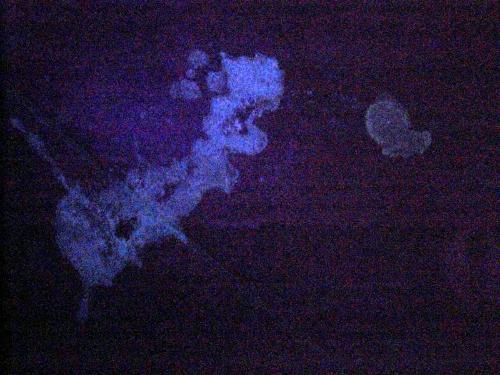 The exterminator’s friend was horrified at what he saw. It wasn’t like the contained puddle seen to the left, but rather, every cabinet, counter, wall, and even the ceiling glowed.
The exterminator’s friend was horrified at what he saw. It wasn’t like the contained puddle seen to the left, but rather, every cabinet, counter, wall, and even the ceiling glowed.
You see, the exterminator had rightly explained that mice/rats track urine everywhere they walk and that urine glows in black light.
What he didn’t think of was that a variety of cooking residues that splatter throughout the kitchen also glow in black light.
While some of that pervasive glow was probably from the friend’s mouse, the majority was the result of weeks, months, probably years worth of grease splatters, drink spills, squeeze bottle burps, and more from regular kitchen activities. Nearly everything you do in the kitchen results in
- liquid or elemental residue on the counter
- liquid or aerosol sprays into the air
Every smell your cooking produces is a plant or animal product “spraying” its scent with its own natural chemicals into the air. And those chemicals don’t evaporate and disappear; they hit the ceiling and stick or fall to the floor or counter and stick.
This is why it is so important to
- use a 2-step cleaning then disinfecting routing
- use an cleaning solution with a neutral pH and an EPA safety rating of 0 or 1
- use clean cloths when cleaning and disinfecting your kitchen
- use more than one clean cloth—when one cloth gets dirty, change cloths
- clean until the cloths pick up no more soil
- use a disinfecting solution with clear dilution and dwell time instructions
- follow the directions precisely or you may deactivate the disinfectant
- rinse thoroughly to remove as much residue as possible (it is not possible to remove 100% of chemical residue with a water rinse only)
- dry the surfaces to prevent new bacteria/germs from moving into a nice, wet, warm new home
What you leave behind on the counter when cleaning is what makes the kitchen glow in the black light and what encourages even more bacteria and germs to set up house between cleanings.


